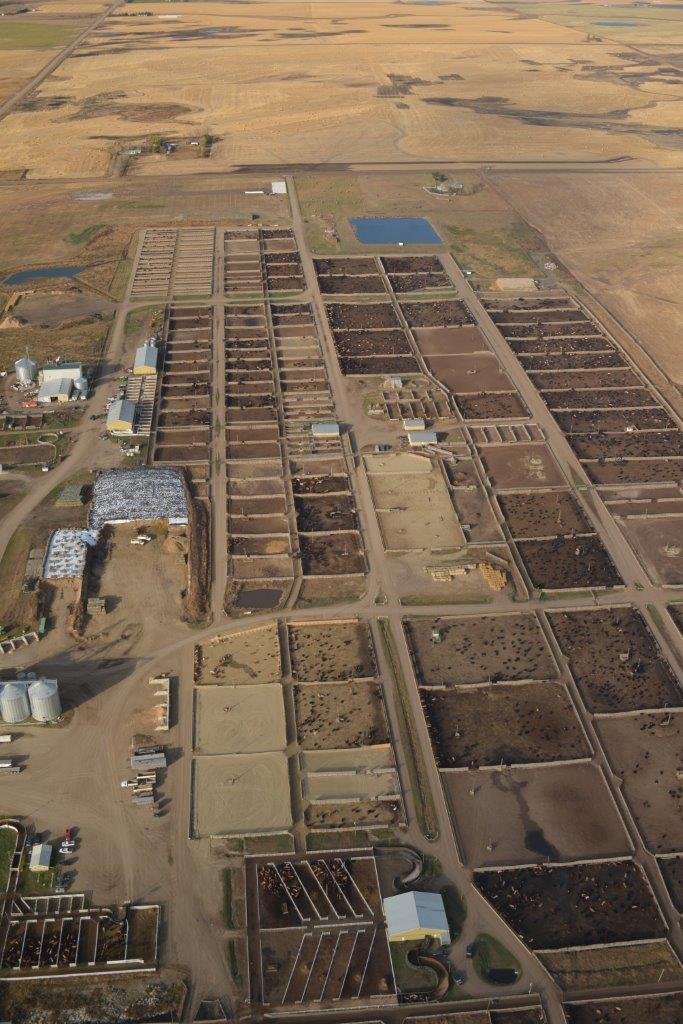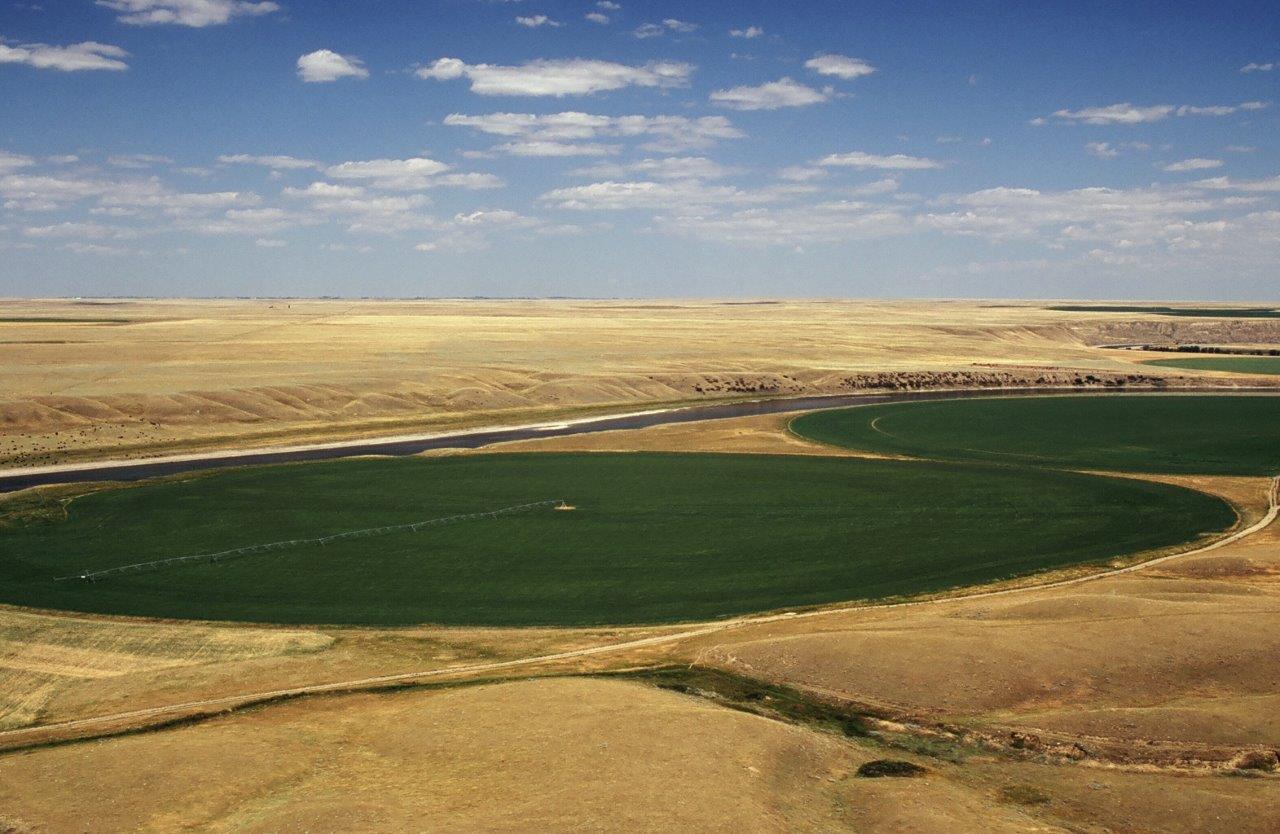SAGE was founded in 1984 by a group of volunteers who saw a need for a group to speak out on environmental issues in southern Alberta. SAGE originally functioned as a coalition with an initial focus on water quality and quantity, including the Oldman Dam proposal. No longer a coalition, the Lethbridge-based group has established a reputation for speaking out on behalf of the environment and not being afraid to tackle difficult topics.
We spoke with Cheryl Bradley, SAGE’s secretary, who has been an active member of the organization since 1992 to find out how the organization has evolved over the past 38 years.
Volunteer-Driven
SAGE has chosen to remain a volunteer-driven organization and has never employed staff. “Our goal is to act as a voice for environmental sustainability,” Cheryl explains. “We may not have the clout of larger organizations with offices and staff, but we’ve found that a small group of volunteers can make decisions and take action relatively quickly. Our board members work really hard to stay informed on issues and we act as a sounding board by sharing and discussing information and gaining from each other’s knowledge.” This approach provides greater flexibility as a shared goal and solid information base means that individual members are comfortable to proceed without taking every decision back to the board. Cheryl believes this approach works well in a small community such as Lethbridge. “We’re not a big city like Calgary or Edmonton,” she explains.
Cheryl says SAGE is in it for the long run: “We’re committed to some long-term initiatives where we feel it’s important to make progress collectively”. They represent environmental concerns on a wide variety of different multi-stakeholder committees, such as the Oldman Watershed Alliance, the Clean Air Strategic Alliance, and the Alberta Environmental Network. They also participate in local planning exercises, working as a group to develop and submit briefs.
SAGE is fortunate to have one person who has been involved since the beginning and is able to provide a historical perspective, but recruiting new volunteers is more of a challenge. The board members assist with student projects and Cheryl is currently working with one student on how to improve the management of dog waste. “It’s important to be open to new ideas that other people want to move ahead with,” Cheryl says.
Several of the board members excel at letter writing and they have found this to be an important means of getting information across and influencing decisions.
Tackling Difficult Topics
Before moving to Lethbridge, Cheryl was an environmental biologist with a consulting company in Calgary where she learned the importance of consensus-building and collaboration. SAGE has put these skills to good use over the past few decades.
South Country Protected Areas Project: In the late ‘90s, SAGE was part of a coalition that identified natural areas in southern Alberta that merited attention due to high biodiversity or other environmental significance. The group held public workshops and reached out to leaseholders about significant features on their land. “They were hard conversations to initiate as we were trying to break down barriers with ranchers,” Cheryl says, “but they bore fruit.” All or part of four of the areas they had identified were designated for protection and two others are under consideration.

Feedlot Alley: Lethbridge holds the dubious distinction of having the highest density of feedlots in Canada and the second highest in North America. The manure from these intensive livestock operations was being spread on fields north of Lethbridge and affecting the water quality, including groundwater. SAGE was outspoken about doing a better job of planning and managing these operations and the need for municipalities to look at the overall cumulative effect of these operations rather than reviewing them on a piecemeal basis. One board member was a farmer in feedlot alley and put together wall maps showing all the operations and their impact on air quality for neighbours, an effective way of visualizing the overall scope of the issue. Over the next 5-10 years, SAGE engaged in appeal board hearings. “It was quite controversial,” Cheryl says, “but we assembled our facts and prepared background briefs, and eventually things changed. There is now a provincial government agency responsible for approving intensive livestock operations and a watershed council, so SAGE no longer needs to be so hands-on.
Prairie Urban Garden: Once the Oldman Watershed Council was set up, Cheryl chaired an urban team to look at what cities were putting in the water. They promoted prairie urban gardens to advance understanding of xeriscaping, which requires less water and little to no pesticides or fertilizers. Examples of Lethbridge gardens are displayed on the Council’s website.
WasteLESS: SAGE was instrumental in establishing Environment Lethbridge and continues to play an active role in the organization. Together, the WasteLESS committee is addressing the topic of waste. “We tackle it in manageable chunks, inform ourselves of the issues, prioritize, and develop solid, clear messages to communicate through social media and display on the website to inform the community about reducing food, textile, and now plastic waste. We try to make global environmental challenges locally relevant,” Cheryl says.

Irrigation Expansion: An issue of current concern is the southern Alberta irrigation expansion project. The government asserts that the 250,000-acre expansion will be possible thanks to making the infrastructure more efficient. However, the in-stream flow is already below what is required to maintain a healthy river, and SAGE believes that some of the saved water should go back into the rivers to improve their health. They are currently part of a coalition represented by Ecojustice that is calling for provincial and federal environmental impact assessments. Unable to request impact assessments of the project as a whole, they are requesting a review of the proposed off-stream reservoirs and hope that these reviews can be broadened to look at cumulative effects and river flow.
Conclusion
Cheryl describes SAGE as “informed, energetic, personable volunteers very concerned and trying to act on our community’s environmental future.” The organization’s track record demonstrates that a small group of people can be highly influential if they are focused and in it for the long run.
Photo credits: Lorne Fitch
EcoFriendly West informs and encourages initiatives that support Western Canada’s natural environment. Like us on Facebook, follow us on Twitter, or subscribe by email.
